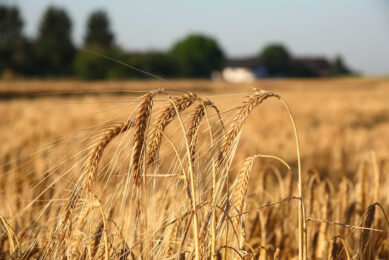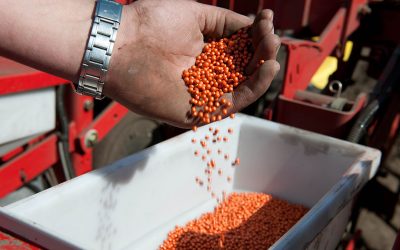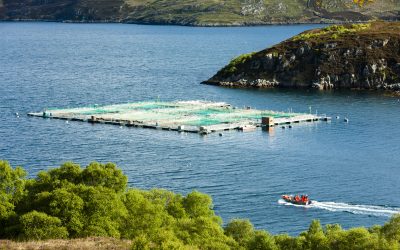‘Destroy all GMOs’
“Hungary destroys all GMO maize fields” headed the news on this website on July 13. Since then the article scored the highest number of pageviews ever, outnumbering other news articles by more than tenfold. Fifteen years after introduction of GM-crops the issue still is a burning one.
The landscape in crop farming has changed in the last fifteen years; not that the crops in the fields look much different, but actual farming has changed due to the genetic modification of corn and soy plants. Genetic engineering has brought many beneficial things to farming and society, such as increased crop yields, no-till farming, continued outlook on a safe food supply, consumers have grown more indifference to GM and opponents remain and use stronger methods to get their opinion pushed.
The latter worries me the most, especially since an ( I thought respected) action group like Greenpeace started to destroy GM-test fields (in Australia), just because they think they can make the rules when governments take a slower pace in decision making. I have been a member for a long time, because they said they were fighting against environmental pollution and stood up for endangered species, but now they have gone too far and I have cancelled my membership.
Genetically modified crops cannot be removed from farming anymore. Even the Union of Concerned Scientists admits "that there have been no serious environmental impacts – certainly no catastrophes – associated with the use of engineered crops in the United States."
Down falls
Sure there are some environmental effects – which is logical – such as the emerging of herbicide resistant weeds. But one sees that also with the use of antibiotics bacteria develop resistance. And farmers should not be too enthusiastic in growing the same crop on the same field over and over again. Crop-rotation here is a key word. Unfortunately farmers more and more need old herbicides again to control weeds. From this point of view the herbicide tolerant trait in corn and soy is changing from a pesticide-reducing technology to a pesticide-promoting technology.
GM boom
The assortment of GM crops is about to multiply, far beyond the corn-soybean-cotton mainstays of the past 15 years. Soon coming to market are GM versions of bluegrass, sugar beets, cabbage, wheat and alfalfa, and the plants have more tricks on their tail. Future crops will require less water to grow, enhance certain flavours or are delivering health benefits to the consumer. Since there are only three major companies involved in crop biotechnology it is questionable how their balance is in serving the food chain and the shareholders. They ask a premium price for their advanced seeds and farmers might wonder if it is worth paying for all these new biotech bells and whistles. In the end they are the ones that decide what to grow on their land, but are left with only a few choices.
A speeding train
Biotechnology is a speeding train that cannot be stopped. You either hop on or stay behind. And if you stay behind you are not getting anywhere. It is therefore a pity that a country like Hungary is taking this one-track decision. The high viscosity in decision making in Europe, due to political standpoints, rather than scientific opinions is already causing concerns. Who does not remember Dolly the sheep, which was developed in Britain and caused global momentum in biotech research? Now only six square metres of potato field reflect the current progress in GM trialling in the UK.
Europe’s restrictions on commercial growing of GM crops have increased costs of feeding plant protein to animals. Further delays and objections will abridge the EU of biotech science and competitive advantages. So I foresee that Hungary’s ban of GM crops is not more than a spasm in an attempt to please…, actually to please whom?











